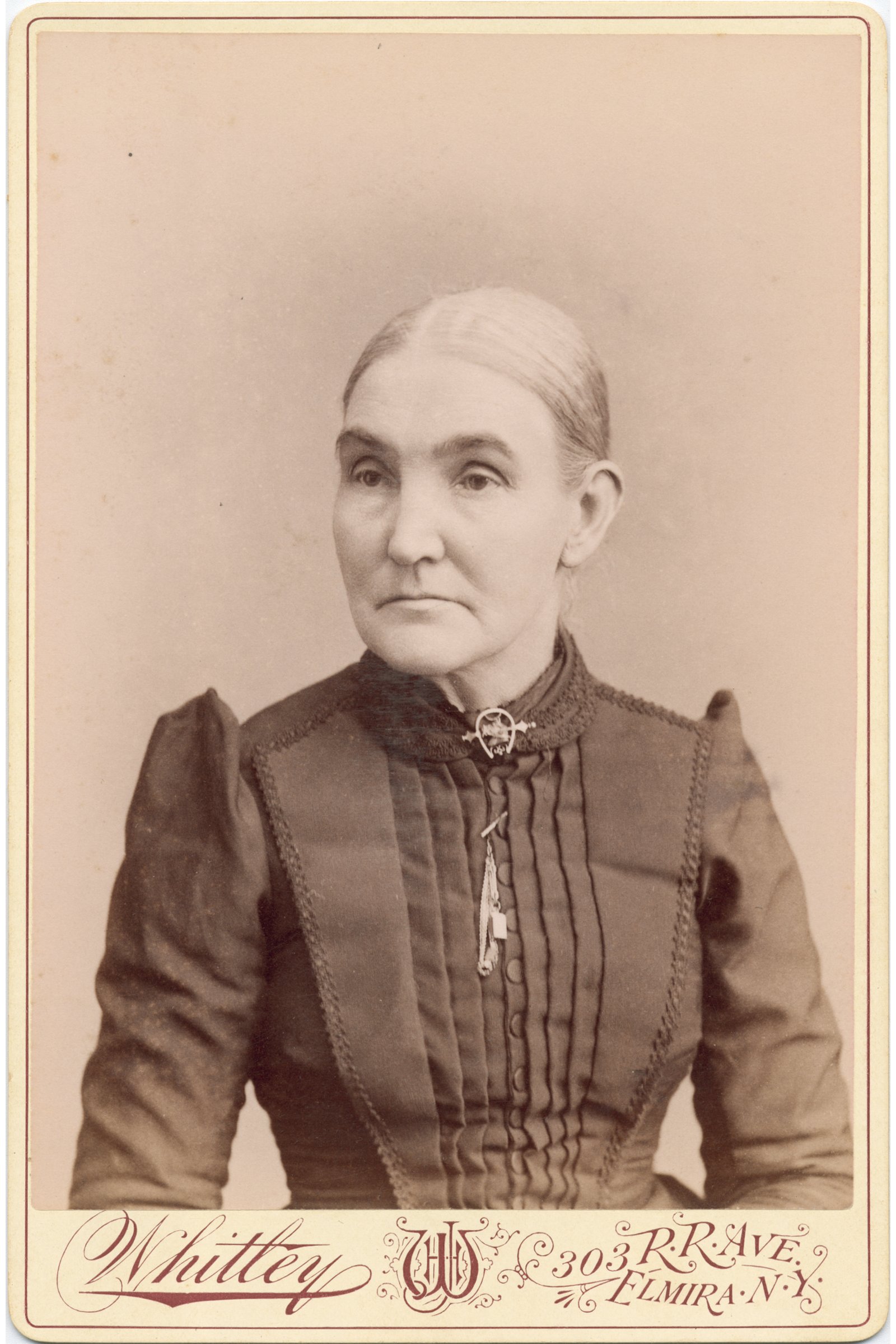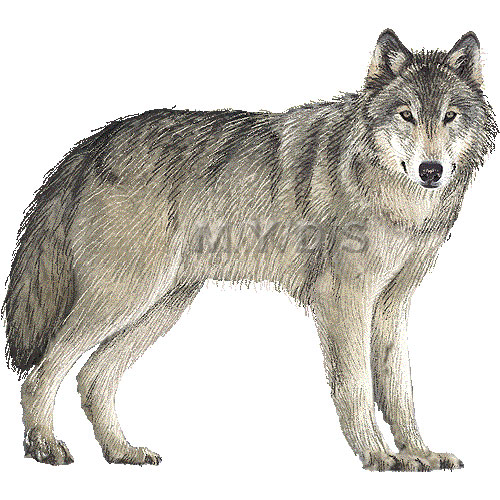Slide 3
Jane

[A PowerPoint ® type presentation given at the Campbell Reunion of Nelson, PA on Aug. 2, 2014.
PowerPoint presentations consist of a series of slides -- which the audience sees. Each slide can be followed by notes which only the presenter sees.]
Slide 1
Our Debt to Jane CAMPBELL Tubbs
(1834 – 1916)
Presenter's Notes:
Who she was.
Why we're recognizing her legacy.
Slide 2
Collected genealogy & stories, wrote histories, gave presentations at reunions, storyteller to children
Collected & recorded the story of the Campbell-Hazlett migration from Sam Hazlett's farm to Beecher's Island [Nelson] & the early days there.
Wrote down the oral traditions of our Blackwells' adventures from England to Lycoming & Tioga Counties.
Presenter's
Notes:
Jane lived, and described for us, pioneer life in north central PA.
She was a real pioneer who also pioneered in gathering and recording our family history.
She was not only our first family historian -- but also the most comprehensive (at least in the pre-Internet days).
Slide 3

Slide 4

Presenter's
Notes:
Jane was the 7th of 12 children of Joseph Campbell, who apparently was
born in N. Ireland, and Ann Clinch,
born in Gloucestershire, England.
Joseph, like his Scottish born parents, Joseph and Mary Harper Campbell, was a founder of Nelson, PA, originally known as Beecher's Island.
We know little about Ann's English father, Thomas Clinch. He died of yellow fever in NYC not long after arriving in America. But I do have a silhouette of him.
Ann's mother, Sarah LUGG Clinch Blackwell Campbell, is the linchpin connecting our Campbells, Luggs and Blackwells. There were other marriages between the 3 families, but she stands out. She was born a Lugg. Her 2nd husband, Enoch Blackwell, connects us to all our Blackwell kin. Her 3rd husband, John Campbell, was the uncle of her two sons-in-law, Joseph & James Campbell.
The majority of us here are descendants of her 3 children: Ann CLINCH Campbell; Mary BLACKWELL Campbell; or her son, Enoch Blackwell the younger. I don't see any of his descendants here today, but I have known some.
Slide 5
 “In an early time, perhaps
1840. I can remember when my father drove wolves away from the
sheepfold with a pole. Soon after this a panther followed my
mother along the butter-milk run-road screaming at intervals,
scareing [sic] her nearly to
death."
“In an early time, perhaps
1840. I can remember when my father drove wolves away from the
sheepfold with a pole. Soon after this a panther followed my
mother along the butter-milk run-road screaming at intervals,
scareing [sic] her nearly to
death."
Presenter's
Notes:
You are looking at a computer font, not Jane's actual hand writing.
Her 19th century style of cursive writing makes it hard to read and
the faded ink makes it both hard to read and difficult to scan.
Slide 6
“I was the last one born on the old log house on the flat."
“Grandmother Campbell used to wade the river bare-footed with the children. She was 97 when she died."
Presenter's Notes:
This was not the log cabin her grandparents bought from the Beecher
family, it was one Jane's parents built to live in and raise their
family. A large family was very important when you were clearing land
[it was heavily forested with very tall white pine trees, which they
"girdled" to kill] and turning it into a productive farm,. But the
family outgrew the cabin they built (eventually 12 children). In later
years there was a demand for lumber and logs were rafted to Harrisburg
for sale. But at first, the virgin stands of pine were considered
"weeds." After trees died they either were burned in place, or were cut
down, stacked and burned in huge bonfires. Stumps were either pulled or
burned. When I was a boy, it was still common to see stump fences
separating pastures.
They lived on the south side of the river, but waded out to the island to gather nuts and berries.
Slide 7
Slide 8
Slide 9

Jane with daughters Minnie TUBBS Clark (1864 – 1944)
[on left] & Ann TUBBS Van Dusen (1855 - 1930)
Presenter's
Notes:
In addition to Minnie and Ann, Jane had a son,
Frank Tubbs.
Minnie's children died young.
Frank had 7 children: Nettie Kelley, Omer, Leah Deats, Dianthe Deats, Bennie, George & Frank.
Ann had 4 children: Emma Brown, Harold, Burr, & Ross Van Dusen.
Jane also adopted her orphan niece, Jennie Selph (later Cady) and provided a home for several years to Jennie's brother, Will Selph. Will continued Jane's legacy by creating the Campbell Cousins Correspondence Club. In 1926 his wife, Edith, wrote a poem in honor of Jane's memory.
Slide 10
"A people without the knowledge of their past history, origin and culture is like a tree without roots."
- Marcus Garvey
That was Jane's gift to us:
Copyright © 2014, 2018, 2019 William B. Thompson. Commercial use prohibited.